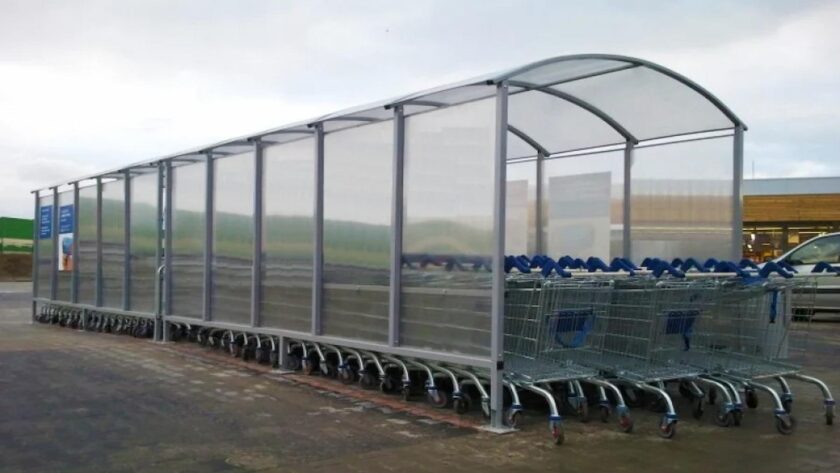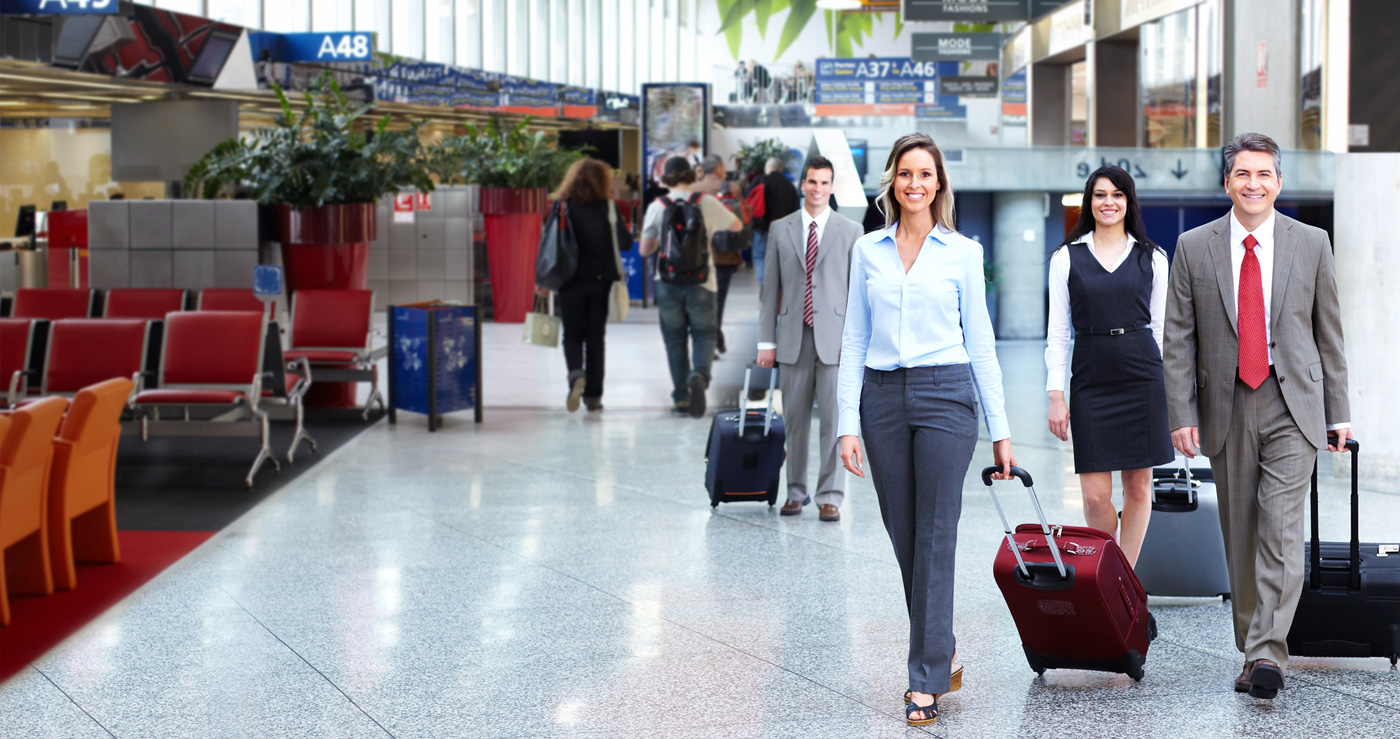Every time you visit a supermarket, you probably grab a shopping trolley without a second thought. But have you ever considered the robust shelters that house these essential tools? Supermarket trolley shelters may seem mundane, but their design and durability are critical for businesses and customers. Let’s delve into the world of these unassuming structures and explore how they withstand the elements.
Understanding the Importance
Supermarkets are bustling hubs of activity, with trolleys constantly in use by shoppers. However, these trolleys need a safe and secure place to reside when not in use. This is where supermarket trolley shelters come into play. These shelters provide protection not only from weather elements like rain, snow, and harsh sunlight but also from wear and tear caused by constant use.
Material Matters
One key factor in designing durable supermarket trolley shelters is the choice of materials. Typically, these shelters are constructed using sturdy materials such as galvanised steel or aluminium. These materials offer excellent resistance to corrosion, ensuring the shelters remain structurally sound even in harsh weather conditions.
Weather Resistance
Supermarket trolley shelters are exposed to the elements year-round, making weather resistance a top priority in their design. Manufacturers employ various techniques to enhance weather resistance, such as powder coating to protect against rust and UV-resistant finishes to prevent fading and degradation from sunlight exposure.
Structural Integrity
Ensuring the structural integrity of trolley shelters is crucial for long-term durability. Engineers carefully design these shelters to withstand heavy winds, snow loads, and other environmental factors. Reinforced frames and sturdy roofing materials help maintain stability and prevent damage, even during extreme weather events.
Maintenance Considerations
While supermarket trolley shelters are designed to be durable, regular maintenance is essential to prolong their lifespan. Routine inspections for signs of wear and tear, such as rust or loose fasteners, can help address issues before they escalate. Cleaning the shelters regularly helps prevent dirt and debris buildup, preserving their appearance and functionality.
Customer Convenience
Beyond durability, supermarket trolley shelters contribute to customer convenience. By providing a designated area for trolleys, these shelters help keep parking lots organised and reduce clutter, making it easier for shoppers to navigate. Furthermore, shelters shield trolleys from the elements, ensuring they remain dry and clean for the following user.
Enhancing the Shopping Experience
Imagine arriving at a supermarket on a rainy day only to find wet and rusty trolleys scattered around the parking lot. Such a sight detracts from the overall shopping experience and needs to reflect better on the store’s maintenance standards. Supermarket trolley shelters address these concerns by providing a dedicated space for trolleys, protecting them from adverse weather conditions and maintaining their condition for customer use.
Environmental Considerations
Besides their functional benefits, supermarket trolley shelters align with sustainability initiatives. By encouraging the orderly storage of trolleys, these shelters help minimise the risk of damage or loss, reducing the need for frequent replacements. Furthermore, durable materials and weather-resistant coatings contribute to the shelters’ longevity, reducing their environmental impact over time.
Customisation Options
While durability is paramount, supermarket trolley shelters also offer opportunities for customisation. From size and shape to colour and branding, retailers can tailor these shelters to align with their store’s aesthetic and branding guidelines. By integrating company logos or messaging, shelters become functional and serve as marketing tools, enhancing brand visibility and recognition.
Future Trends
As technology advances, we can expect innovations in supermarket trolley shelter design. Concepts such as solar-powered lighting and integrated rainwater harvesting systems could further enhance the functionality and sustainability of these shelters. Additionally, modular designs offer flexibility for retailers, allowing them to adapt shelter configurations based on evolving store layouts and customer needs.
Conclusion
Supermarket trolley shelters may not garner much attention, but their importance in ensuring the smooth operation of grocery stores must be balanced. Designed to withstand the elements while maintaining structural integrity, these shelters protect trolleys and enhance customers’ shopping experiences. By prioritising durability and functionality in their design, supermarket trolley canopies continue to serve as reliable fixtures in the retail landscape.





